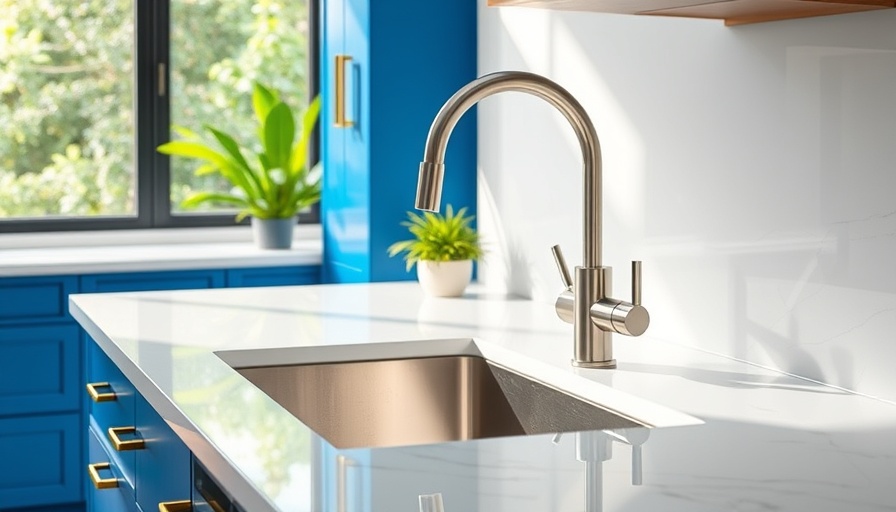
Understanding the Air Gap: Your Kitchen's Unsung Hero
That little dome-shaped structure next to your kitchen faucet is more than just a curious piece of hardware; it plays a crucial role in the functionality and safety of your home's plumbing. Known colloquially as an air gap, this component is essential for ensuring your dishwasher operates correctly and that your kitchen stays clean and safe. Let’s explore why this seemingly insignificant gadget deserves a closer look.
The Role of the Air Gap in Dishwasher Safety
At its core, the air gap serves as a critical barrier between your dishwasher and the sink drain. According to plumber Alex Atkinson, the air gap essentially creates a physical separation, preventing dirty water from your sink from siphoning back into your dishwasher. This failsafe means that in the event of a drain clog, instead of backflowing into your dishes, any excess water simply spills out of the air gap onto your countertop - certainly not an ideal scenario, but far better than contaminated dishes.
Why Air Gaps Matter in Home Design
While the air gap may not be a focus when designing your kitchen, it is a reflection of thoughtful planning. It speaks to the importance of hygiene in our modern standards of living. In some states, installing an air gap is mandated by plumbing codes, emphasizing its significance in safeguarding household health. As more homeowners become conscious of indoor air quality and overall health trends, understanding the function of such devices can resonate deeply.
Do All Homes Need an Air Gap?
Whether an air gap is necessary often depends on the local plumbing regulations. In regions with strict plumbing standards, such as California, an air gap is non-negotiable. However, in other areas, alternatives like a high-loop dishwasher drain could be acceptable. Therefore, it’s important for homeowners to stay informed about local codes to ensure their plumbing is up to standard, which, in turn, keeps their household water safe.
Simple Maintenance for Long-Lasting Functionality
Maintaining an air gap is fairly straightforward and involves regular visual checks. Homeowners should ensure there is nothing obstructing the air gap’s openings, as debris and buildup can cause malfunctions. Should you ever notice water pooling near the air gap, it’s a sign to investigate further, check your dishwasher's drainage and clean accordingly.
When to Call a Professional
If you’re experiencing frequent clogs or backups, it may be time to call in a professional plumber. Over time, your plumbing systems can develop hidden issues that may not be easily resolved without expert assistance. Understanding your home’s plumbing and the role of each component, including the air gap, empowers homeowners to tackle home maintenance proactively.
In conclusion, the air gap next to your kitchen faucet is not just an odd accessory but a small yet significant part of modern-day plumbing that keeps your dishes clean and your water safe. By maintaining this feature and understanding its importance, you can ensure that your kitchen functions properly and remains a safe environment.
Take a moment to explore your own kitchen. What other hidden components can improve your home’s functionality? Staying informed about the systems in your home aids in better maintenance and proactive decision-making.
 Add Row
Add Row  Add
Add 




Write A Comment